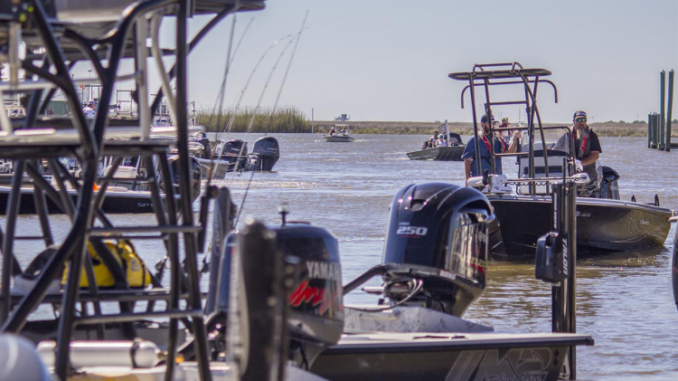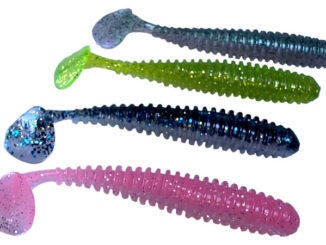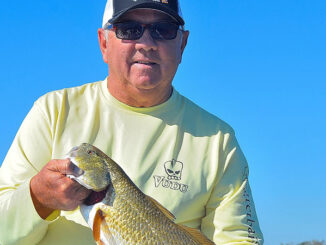
You might be surprised at some of the rigs tourney anglers use
It’s a common misconception that skinny-drafting boats are needed to sight-fish reds, but professional tournament anglers show us otherwise.
Conventional knowledge dictates you need a shallow-running boat to stalk bronze-backs in skinny brackish ponds. After all, redfish are typically found in that shallower water, where they patrol cover and ambush prey.
Surely, pursuing them in a heavy boat could spell disaster once the tide drops …. But is that really the case?
Personally, I don’t believe so — and to prove it I’ll reveal some of the rigs veteran redfish tournament anglers run.
What the pros use
You can see what the pros are running by looking at their bios on the Elite Redfish Series website.
Erik Rue – Triton 240 LTS
Lee Daughdrill – 24’ Haynie HO
Chad Billiot – Blazer 2420 GTS
None of these are small boats. The Triton alone drafts 13 inches, and the Haynie and GTS go 12 inches.
Sure, some of the other tournament anglers listed do use shallower craft, but that doesn’t change the fact that folks who fish for a living — whether it be tournaments or guiding — also use heavier bay boats.
So why do they use these bigger boats? Mainly because they need to get across larger bodies of water.
A tournament held out of Biloxi, Miss. will have competitors crossing the Mississippi Sound, even if the winds are bad.
Obviously, a larger boat is required to do this effectively (and safely). But can these bigger boats still get after redfish? Absolutely.
Contrary to popular belief, great redfish action isn’t found in a foot or less of water. In fact, my best days of sight-fishing were in ponds 2 to 4 feet deep. Twenty-four inches is plenty to draft a bay boat and run a trolling motor.
Conclusion
You really don’t need a boat drafting 10 inches or less for great redfish action.
It can certainly help, but it’s ultimately the angler who makes the fishing trip happen — not the equipment.
Tight lines, y’all!
Editor’s Note: Devin Denman is an avid inshore fisherman who writes the Louisiana Fishing Blog. To read more of his articles, visit lafishblog.com


